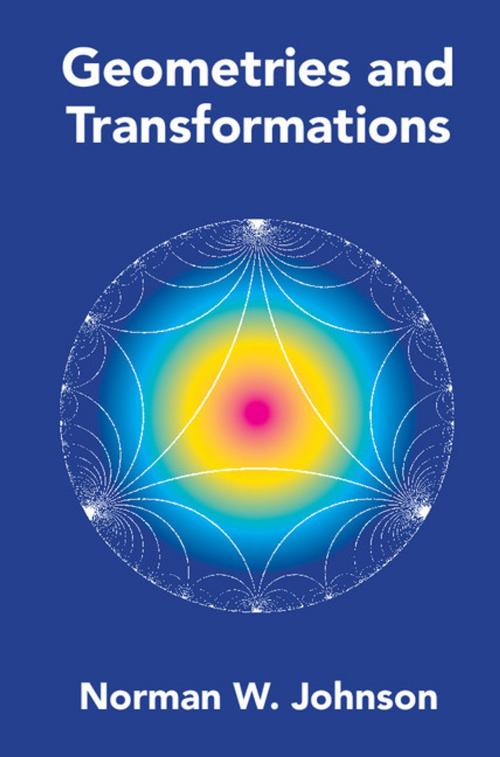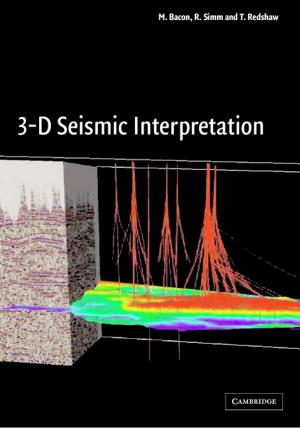| Author: | Norman W. Johnson | ISBN: | 9781108131957 |
| Publisher: | Cambridge University Press | Publication: | April 30, 2017 |
| Imprint: | Cambridge University Press | Language: | English |
| Author: | Norman W. Johnson |
| ISBN: | 9781108131957 |
| Publisher: | Cambridge University Press |
| Publication: | April 30, 2017 |
| Imprint: | Cambridge University Press |
| Language: | English |
Euclidean and other geometries are distinguished by the transformations that preserve their essential properties. Using linear algebra and transformation groups, this book provides a readable exposition of how these classical geometries are both differentiated and connected. Following Cayley and Klein, the book builds on projective and inversive geometry to construct 'linear' and 'circular' geometries, including classical real metric spaces like Euclidean, hyperbolic, elliptic, and spherical, as well as their unitary counterparts. The first part of the book deals with the foundations and general properties of the various kinds of geometries. The latter part studies discrete-geometric structures and their symmetries in various spaces. Written for graduate students, the book includes numerous exercises and covers both classical results and new research in the field. An understanding of analytic geometry, linear algebra, and elementary group theory is assumed.
Euclidean and other geometries are distinguished by the transformations that preserve their essential properties. Using linear algebra and transformation groups, this book provides a readable exposition of how these classical geometries are both differentiated and connected. Following Cayley and Klein, the book builds on projective and inversive geometry to construct 'linear' and 'circular' geometries, including classical real metric spaces like Euclidean, hyperbolic, elliptic, and spherical, as well as their unitary counterparts. The first part of the book deals with the foundations and general properties of the various kinds of geometries. The latter part studies discrete-geometric structures and their symmetries in various spaces. Written for graduate students, the book includes numerous exercises and covers both classical results and new research in the field. An understanding of analytic geometry, linear algebra, and elementary group theory is assumed.















